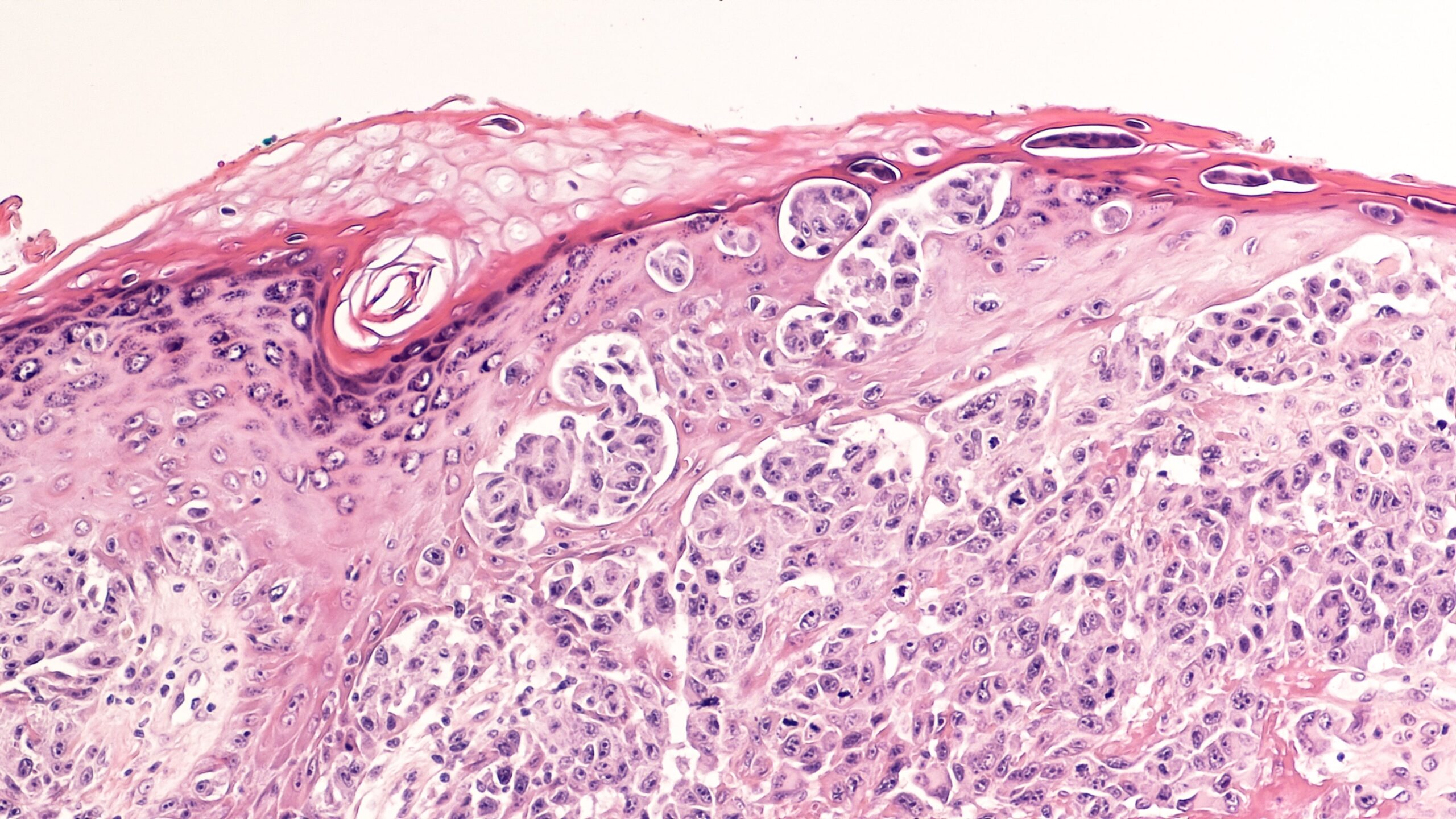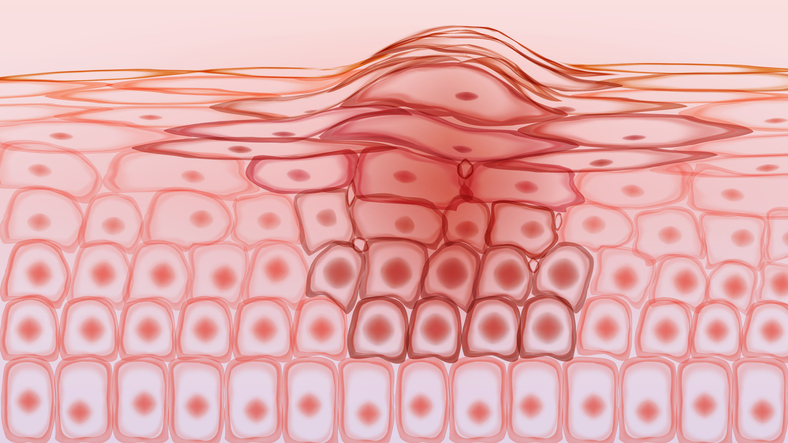
A study published in the Journal of the National Cancer Institute found that indoor tanning bed exposure may trigger a specific genetic mutation, BRAF V600E, associated with melanoma and contribute to younger age at diagnosis.
Researchers assessed 114 patients who used indoor tanning beds and 222 who did not between December 2013 and May 2015.
Study finds specific mutation and younger age associated with tanning beds
A total of 105 melanomas were observed during the study, 36% of which were BRAF-mutant, and most were BRAF V600E mutations.
BRAF V600E genotype was more prevalent in indoor tanning users than in non-users (42.9% vs. 28.3%; P=0.04). Prevalence of this genotype was even higher in those who initiated indoor tanning at <25 years of age compared with those who initiated indoor tanning at ≥25 years of age (62.2% vs. 31.1%; P=0.003).
Patients who reported indoor tanning exposure were younger at melanoma diagnosis compared with patients who did not engage in indoor tanning (51.5 years vs. 64.0 years; P<0.001).
More melanomas were observed in intermittently sun-exposed skin in indoor tanning users than non-users (65.7% vs. 51.9%; P=0.02).
“Our data suggest IT may promote melanomas that arise in skin with low-chronic sun-induced damage through BRAF V600E-mediated melanomagenesis,” the researchers concluded.







 © 2025 Mashup Media, LLC, a Formedics Property. All Rights Reserved.
© 2025 Mashup Media, LLC, a Formedics Property. All Rights Reserved.